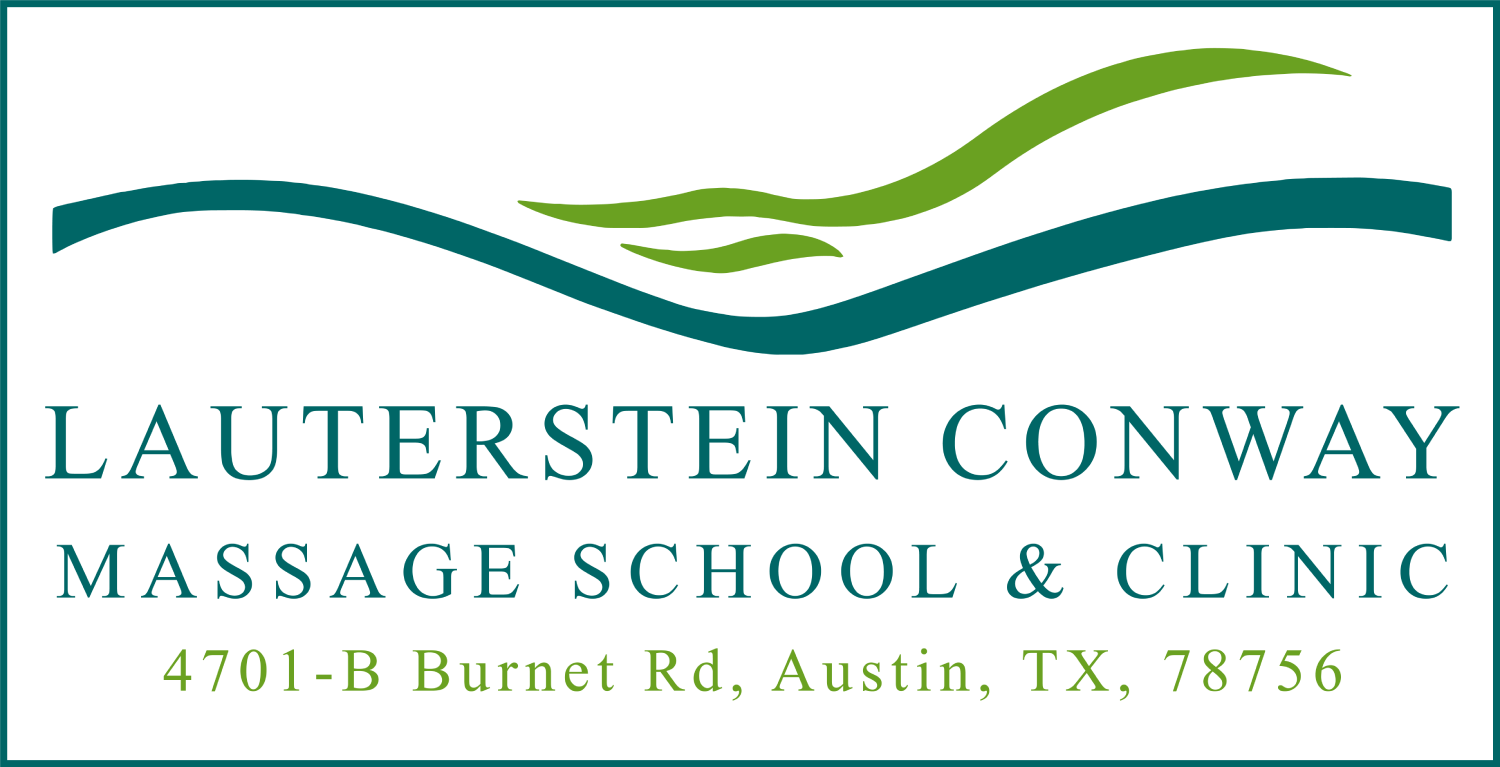Origin: Minor: Medial border of scapula above spine, Major: Medial border of scapula below spine Insertion: Minor: C7 & T1, Major: T2 –T5 Action: Retraction of scapula (Excessive: pain between scapula) Antagonist: Serratus Anterior and Pectoralis Major
The usual mechanistic approach to rounded shoulders is to strengthen the rhomboids thus theoretically “squaring” the shoulders. This is based on following reasoning. If the shoulders are rounded, then pectoralis major must be too tight, overwhelming the rhomboids. Therefore, the rhomboids must be strengthened in order to better compete with the “pecs.” That reasoning, which implies that a problem of too much tension on one side should be solved by introducing too much tension to the other is the same mentality that keeps the arms race alive. But the real solution is, whenever possible, relieve tension, don’t just balance it out.
When you hunch over, the ribcage falls forward as do the arms and shoulder girdle. The scapulae slide around (called protracting) toward the front of the body and are restrained only by the trapezius and especially the rhomboids contracting eccentrically.
To make the life of the rhomboids easier, gently straighten the thoracic spine, relax the front of the chest, shoulders and neck. Take in a nice breath and let your wingspan increase. Now the rhomboids and pecs can balance.
Similarly I find once the client is clear on the postural solution, the best way to give him/her the experience of increased wingspan isto simultaneously work on the pecs and rhomboids.
With the client supine, place finger pads of one hand on the chest just lateral to the sternum and those of the other hand below the body just lateral to the spine around the level of T3-6. Now gently press in from both sides, “melt” when appropriate and simultaneously pull the tissues on away from the spine and sternum. Keep on melting and abducting until your top hand is pulling out just medial to the head of the humerus and your bottom hand is simultaneously abducting medial border of the scapula. Use this breathing of your client to deepen their experience of wingspan. This feels great and is a fast way to give someone atotally different experience of their shoulders.
